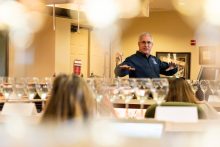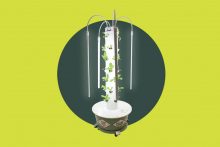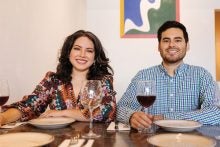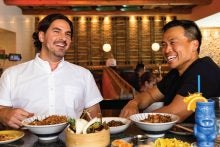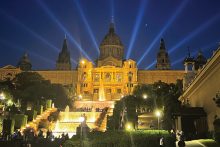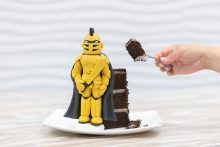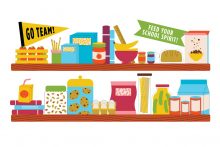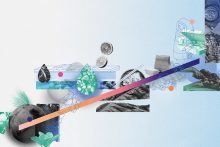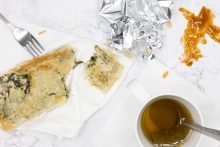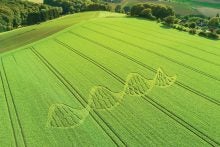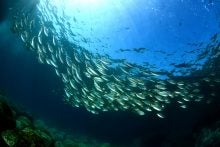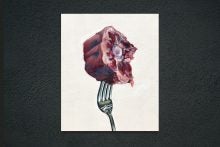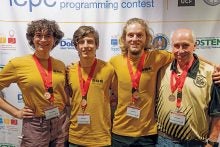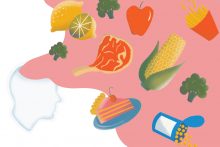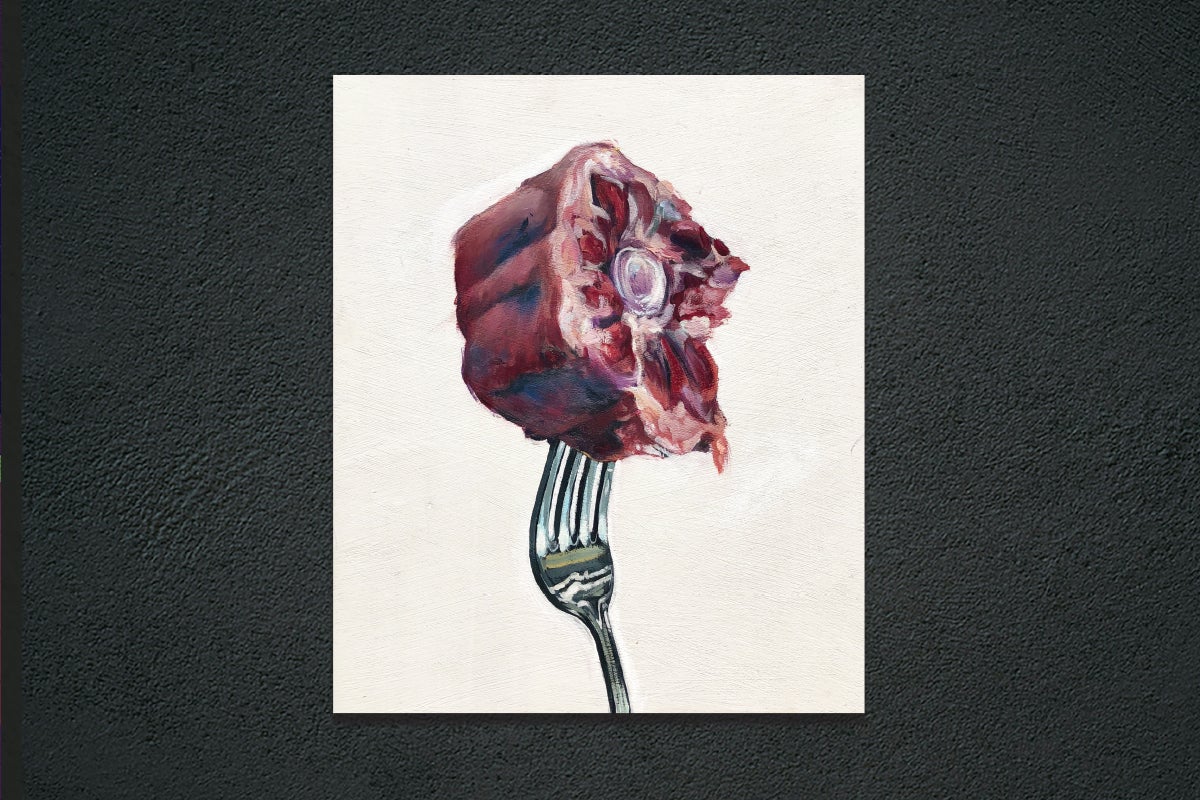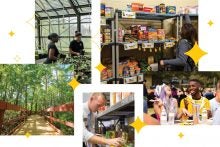
Picture it. Miami, 1995.
I wake up to the smell of pancakes as my abuelita (grandmother) starts cooking the first batch. Seeing my curiosity, she pulls up a stool so I can see what she is making as my siblings continue to slumber. I close my eyes and I breathe in the sweet aroma while the heat from the gas stove warms my face. She taps me on the shoulder and motions for me to flip the pancakes with the spatula.
It is memories like this one that remind me of why I paint food.
My abuelita instilled a love of food and art as far back as I can remember, which led me to pursue a career as a pastry chef. I was able to combine my two passions as I created cakes and other sweets that were both visually appealing and appetizing.
Believe it or not, being a pastry chef is both mentally and physically demanding, especially working in hotel kitchens. Instead of frosting 12 cupcakes like you do at home, I was frosting 1,200 cupcakes, converting recipes depending on the amount of people in the group, and carrying 50-pound bags of flour from the storeroom to the pastry kitchen. It was hectic, it was demanding, but I loved every second of it.
Then, I got injured.
It was several injuries that caught up with me from overusing my arms. The doctor told me that I could continue working in my cherished profession and need corrective surgery that may never truly fix the issue, or I could leave that career and rehabilitate my arms. I chose the latter.
I decided to go back to school for a BFA in graphic design, and in doing so, took my first painting elective. It was not until my second painting class that I started painting food.
I finally felt like myself again.
Initially, by painting pastries, I was able to fill the void that my previous career left behind. I used my knowledge of textures from the desserts I had created in the pastry kitchen and applied them to recreate those same textures on a flat surface for visual indulgence in my paintings. This led me to be interested in color and light as well as exploring paint quality. As I began to pursue my MFA in studio art and design, I found myself subconsciously choosing imagery that related to my personal life.
My abuelita passed away while I was pursuing this degree, which is where a shift in my work occurs. Although we did not speak the same language, she and I both loved and appreciated food and art. It is to her that I dedicated my final MFA thesis as she patiently pushed me in this direction but was unable to see me cross the finish line.
It was her passing that drove me to find deeper meaning in my work and the materials I was using. I began experimenting with different paints, including making my own paint with edible ingredients, which did not work out. Finally, I tried painting with oil paint, and the connection was instant. Oil paint was my abuelita’s chosen medium for painting images of her homeland, Cuba. It also reminded me of the buttery texture of the buttercream I used when frosting cakes as a pastry chef.
My work shifted from sweets to raw meat and then to feeling disconnected with my family’s culture With my abuelita’s passing, I lost my last direct connection to Cuba. Although my parents were born there, they were both young when they came to the United States. This realization provided the urgency I needed to create Florida Noche Buena, in which I am discussing transculturation and where I lie in the midst as American born and of Cuban descent.
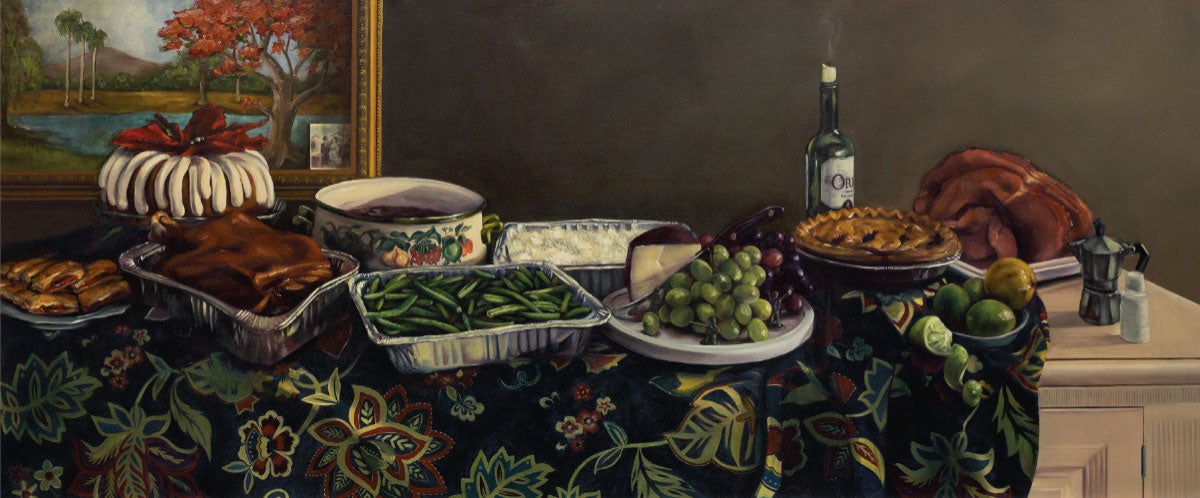
Florida Noche Buena, 2020, oil and acrylic on canvas, 30″ x 72″
Nothing brings people together like food, and I have so many memories that involve food with the people who are most important to me. To this day, the smell of pancakes takes me back to sleeping over at my abuelita’s house.
So why do I paint food? I paint food because it is one of my passions and a universal language in the sense that we all eat. It is a passion that stems from bonding with my abuelita, despite our language barrier.
